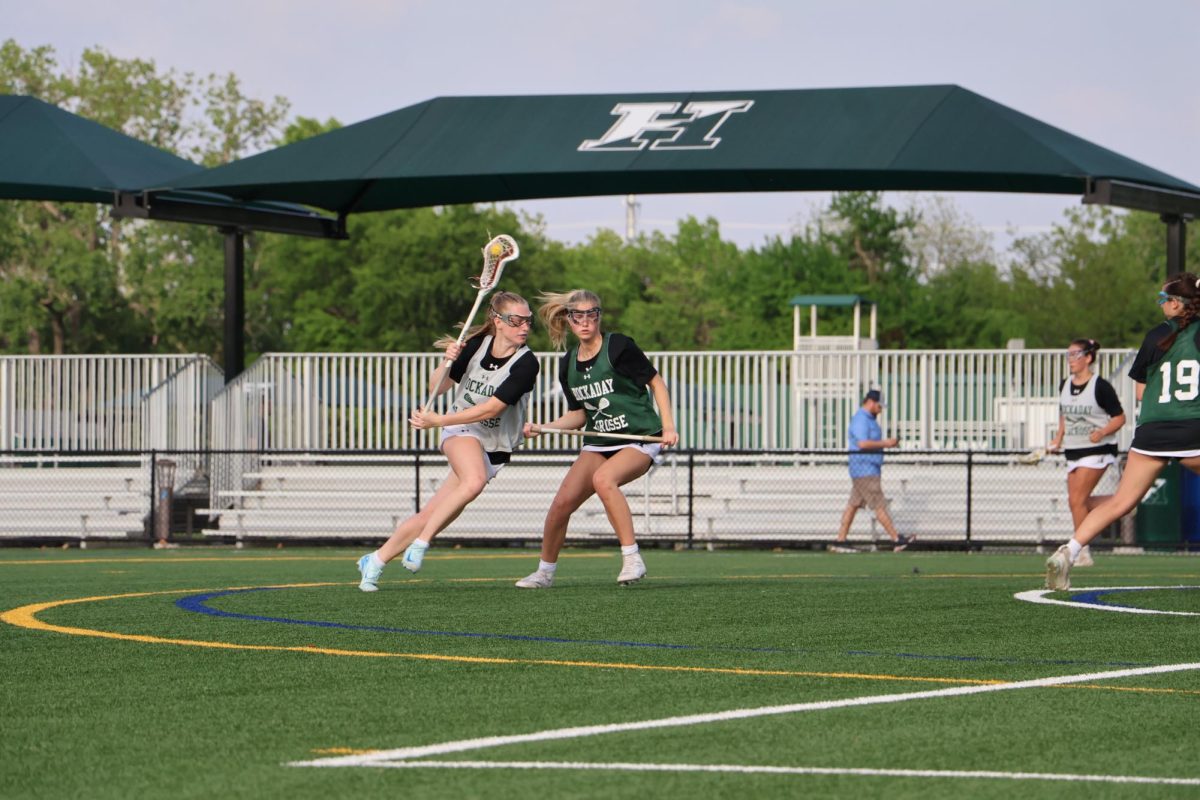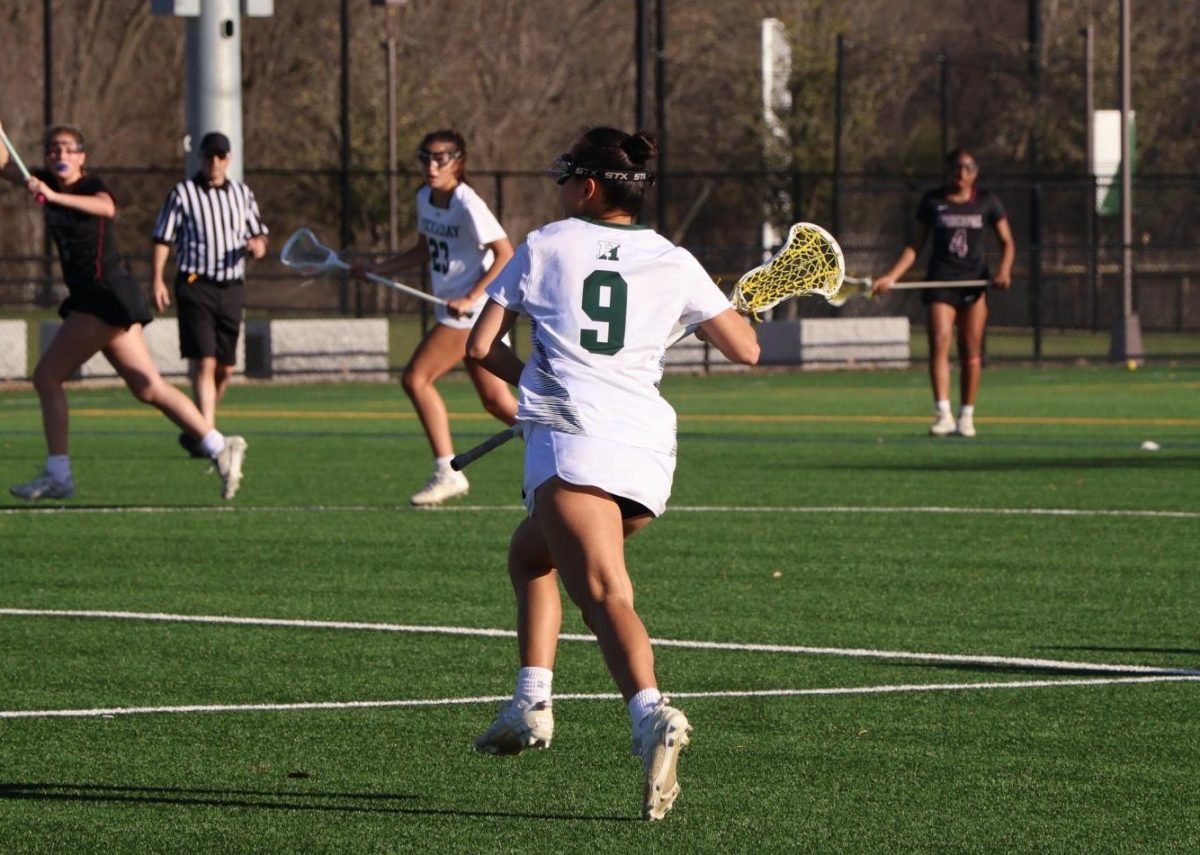
Mr. Brown explains his strength training regimen
The first workout that comes to mind when a Hockadaisy goes to the gym is not lifting a 100-pound bar above her head. Olympic lifts, however, prove to be an excellent strength exercise as well as a cardio workout.
Hockaday math teacher Andrew Brown has been training with Olympic lifts since high school. Starting out as conditioning for football, lifting became more than just an accessory workout for Brown.
“I always treated lifting weights as a means to an end,” Brown said, “but now that I concentrate just on the lifting sports, I treat everything like a competition.”
Brown believes setting goals is an essential part of working out. In his private workout lessons, Brown sets goals for his students and works hard to achieve them. Brown used to train many sports teams and now mainly trains professionals as well as beginners.
Technique is key to being successful at Olympic lifts, no matter the level of the athlete. The two kinds of lifts, the clean/jerk and the snatch, are not ones you can simply pick up in one work out. The clean and jerk involves two phases of the lift: lifting the bar to the chest and then over the head, whereas the snatch is one single motion over the head.
“I spend six months to a year teaching my students technique,” Brown said. “Then we start to add weight.”
For those who are not looking to compete in Olympic lifting competitions, these types of lifts serve as a full-body work out as well.
“These lifts teach your body to work as one unit,” Brown said.
While training for a sport, an athlete would benefit from working out with these lifts.
“Most sports that require power train with these lifts, modify them or should be doing them,” Brown said. The two Olympic lifts build power and strength, a combination key to a successful performance in any sport.
An avid lifter himself, Brown tries to lift five day a week.
“Research has shown that it is more effective to get three short lifts in per day,” Brown said, “rather than spending two hours in the gym at one time.”
But you don’t have to do Olympic lifts. There are small things you can do around the house to improve your strength.
“Something as simple as doing ten push-ups every time you walk past the living room can improve your strength over time,” Brown said.
Olympic lifting has gained popularity among women in recent years. While most girls think they will bulk up if they lift, this is not the case.
“You end up not gaining a lot of muscle weight,” Brown said, “because the key is to optimize strength without building a lot of muscle.”
Women should be aware of the benefits that come from strength training. One of the leading causes of Osteoporosis is a lack of exercise in women 30 and older. A disease of the bone, Osteoporosis weakens the bones which lead to many injuries. Studies have shown that lifting weights helps prevent Osteoporosis and is a great way for young women to stay healthy throughout their lives. After all, no one wants to be a flabby old lady!
– Nina


